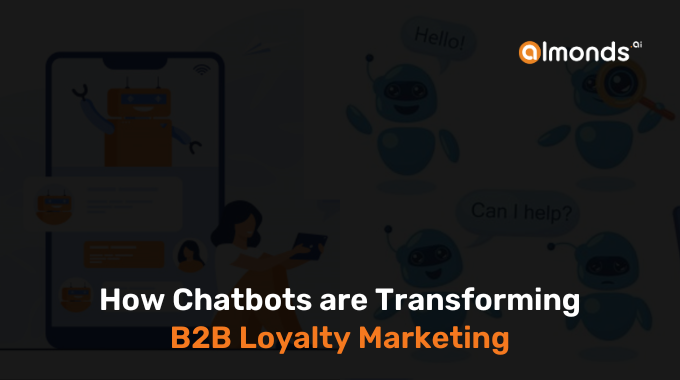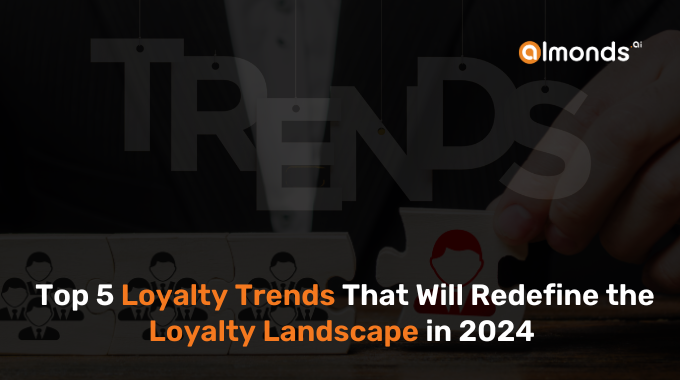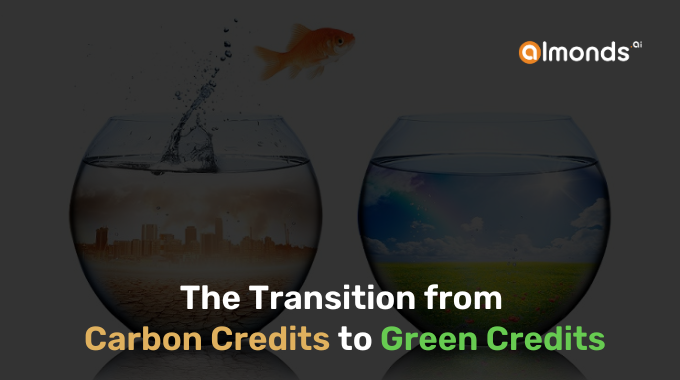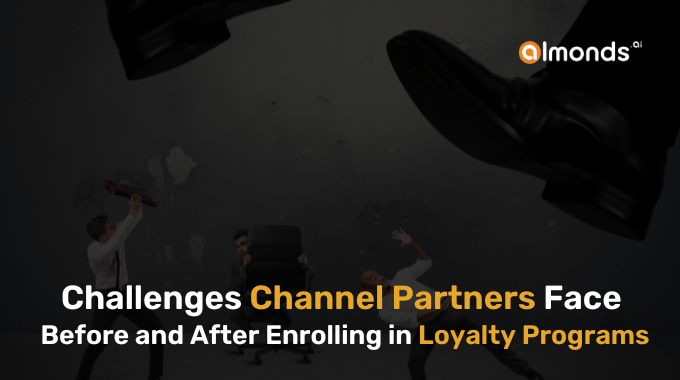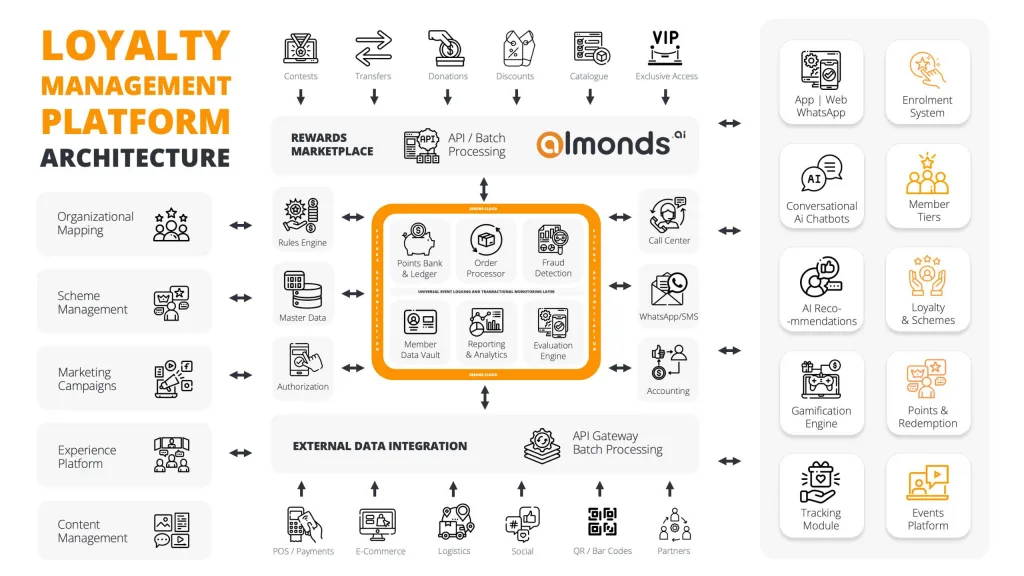Did you know that businesses leveraging chatbots in their B2B loyalty program management strategies witness a staggering 30% increase in client retention? In the fast-paced world of modern commerce, loyalty marketing and channel partner engagement are more crucial than ever.
In this blog, we delve into the game-changing realm of chatbots – digital powerhouses that not only redefine how businesses interact with clients but also elevate customer retention and overall lifetime value.
Join us as we explore the transformative potential of chatbots in revolutionizing B2B channel marketing.
The Role of Chatbots in B2B Loyalty Marketing
Imagine a tool that not only automates tasks but also understands and responds to individual needs. From streamlining processes to offering personalized interactions, they redefine the B2B customer experience.
But chatbots are not just automated responders; they are strategic partners in the pursuit of enhanced loyalty marketing. Their multifaceted benefits revolutionize how businesses interact with clients, offering efficient and personalized service in one package.
- Enhancing Retention with Chatbots
The cornerstone of any successful loyalty program is client retention. Chatbots excel in this arena, ensuring clients stay connected with your brand over the long term. This isn’tjust about keeping customers; it’s about extending their overall lifetime value.
Through targeted interactions and personalized approaches, chatbots create a seamless experience. They anticipate needs, address concerns, and ultimately make customers feel valued, all contributing to enhanced retention. - Building Strong Relationships
The era of one-size-fits-all approaches is over, as chatbots engage clients through personalized interactions, offering exceptional service that goes beyond expectations. This is not just about transactions; it’s about building lasting relationships.
There are a lot of examples where chatbots connect buyers with products on a deeper level such as Zalando (a European fashion brand) that uses chatbots for order confirmation and tracking ability. These digital assistants become guides, offering information, education, and support throughout the buyer’s journey, creating a strong bond between the client and the brand. - Transforming Loyal Customers into Advocates
Loyal customers are the best advocates for your brand. Chatbots play a pivotal role in training customers for referrals, as they encourage satisfied clients to spread the word, effectively turning them into brand ambassadors.
By highlighting the brand’s values and encouraging referrals, chatbots become silent brand ambassadors. They contribute to a positive brand image, further solidifying the loyalty loop. - Lead Qualification and Nurturing
Chatbots step into this role seamlessly, engaging potential leads with relevant content and guiding them through the decision-making process. Through strategic questioning and personalized feedback, chatbots play a crucial role in turning interested leads into paying customers. It’s not just about acquiring leads; it’s about nurturing them into long-term partners. - Automating Data Mining
Data is the lifeblood of modern businesses. Chatbots automate the process of data mining, assisting human staff in mapping data based on organizational trends. This results in more informed decision-making and strategic planning. - Cost-Efficiency in B2B Loyalty Programs
Loyal customers are cost-effective assets. Chatbots contribute to this efficiency by reducing marketing and promotional expenditures. With streamlined interactions, businesses can allocate resources more strategically.
The financial benefits of loyal customers extend beyond reduced expenditure. Improved profit margins result from a committed customer base that consistently chooses your brand over alternatives. - Efficiency in Fast-Paced B2B Commerce
Chatbots inject agility, speed, and efficiency into loyalty programs, making them responsive to changing market dynamics. This ensures businesses stay ahead in the race.
Implementation Challenges and Solutions
While the benefits are clear, integrating chatbots may pose challenges. Compatibility issues, user acceptance, and the need for constant updates are common concerns. Addressing these challenges requires a strategic approach, including thorough testing and user education.
Implementing chatbots successfully involves adopting best practices. These include clear communication with users, ongoing training, and staying abreast of technological advancements.
Future Trends in Chatbot-Optimized B2B Loyalty
As technology evolves, so do chatbots. Future trends include enhanced natural language processing, predictive analytics, and seamless integration with other emerging technologies. Staying informed about these trends is crucial for maintaining a competitive edge.
The Human Touch in Automated Interactions
While chatbots bring efficiency, maintaining a human touch is crucial. Striking the right balance between automation and personalization ensures customers feel valued and understood. Chatbots should be viewed as tools to augment human interactions, not replace them.
In conclusion, the integration of chatbots into B2B loyalty marketing and channel partner engagement is transformative. From enhancing retention to automating data mining, chatbots contribute significantly to the efficiency and effectiveness of loyalty programs. Embracing these digital allies positions businesses at the forefront of innovation, ensuring lasting relationships with clients.
